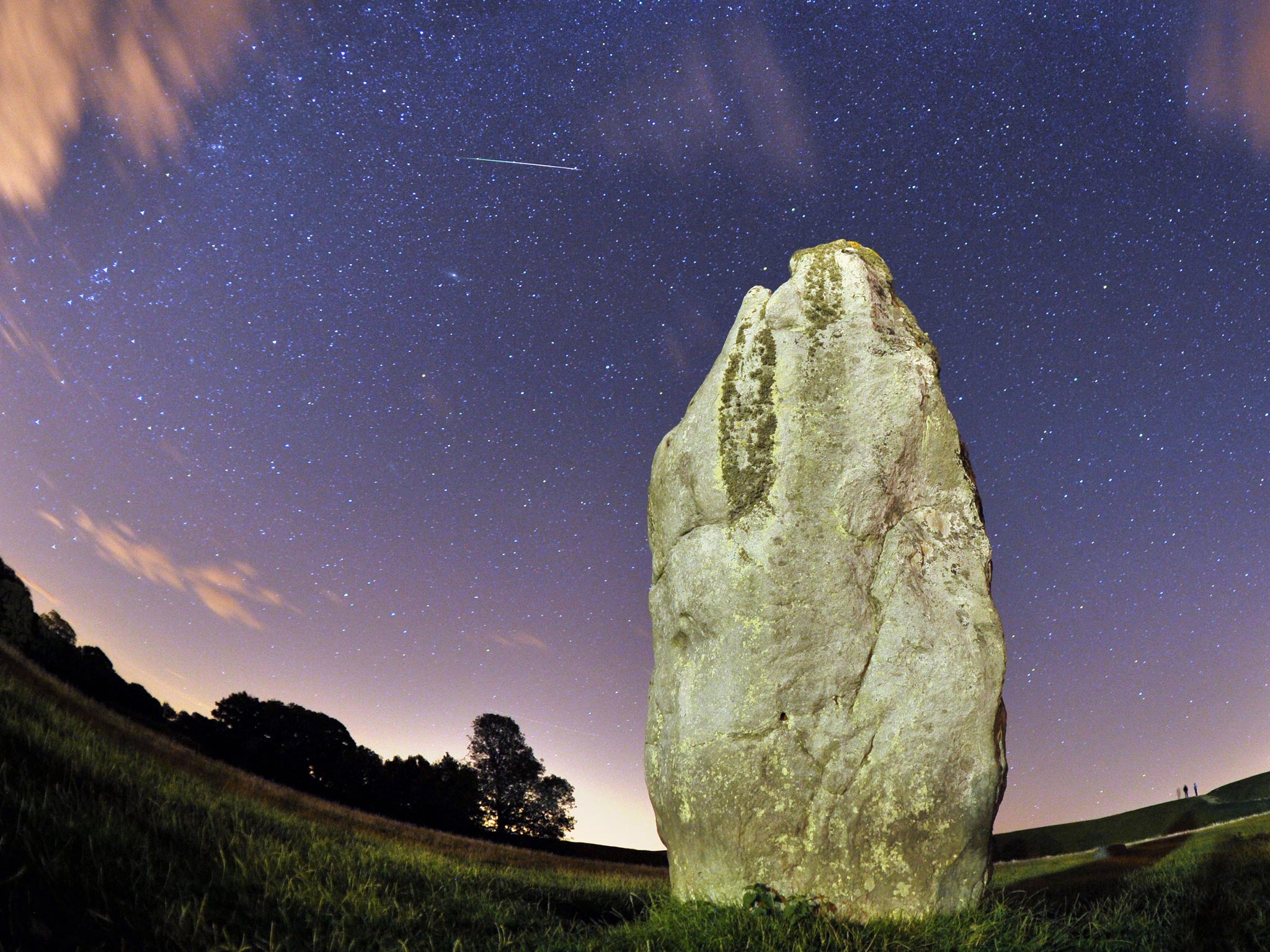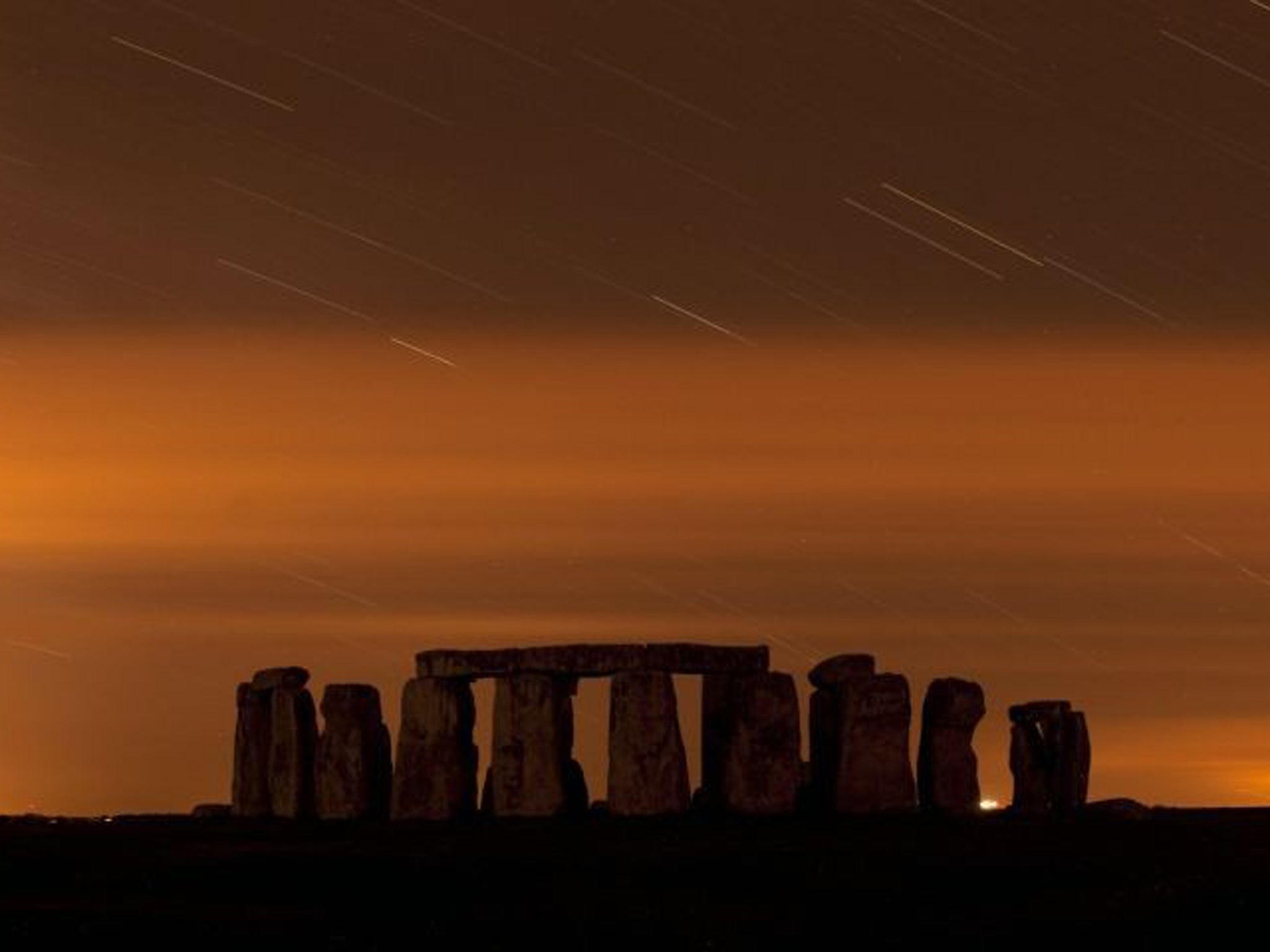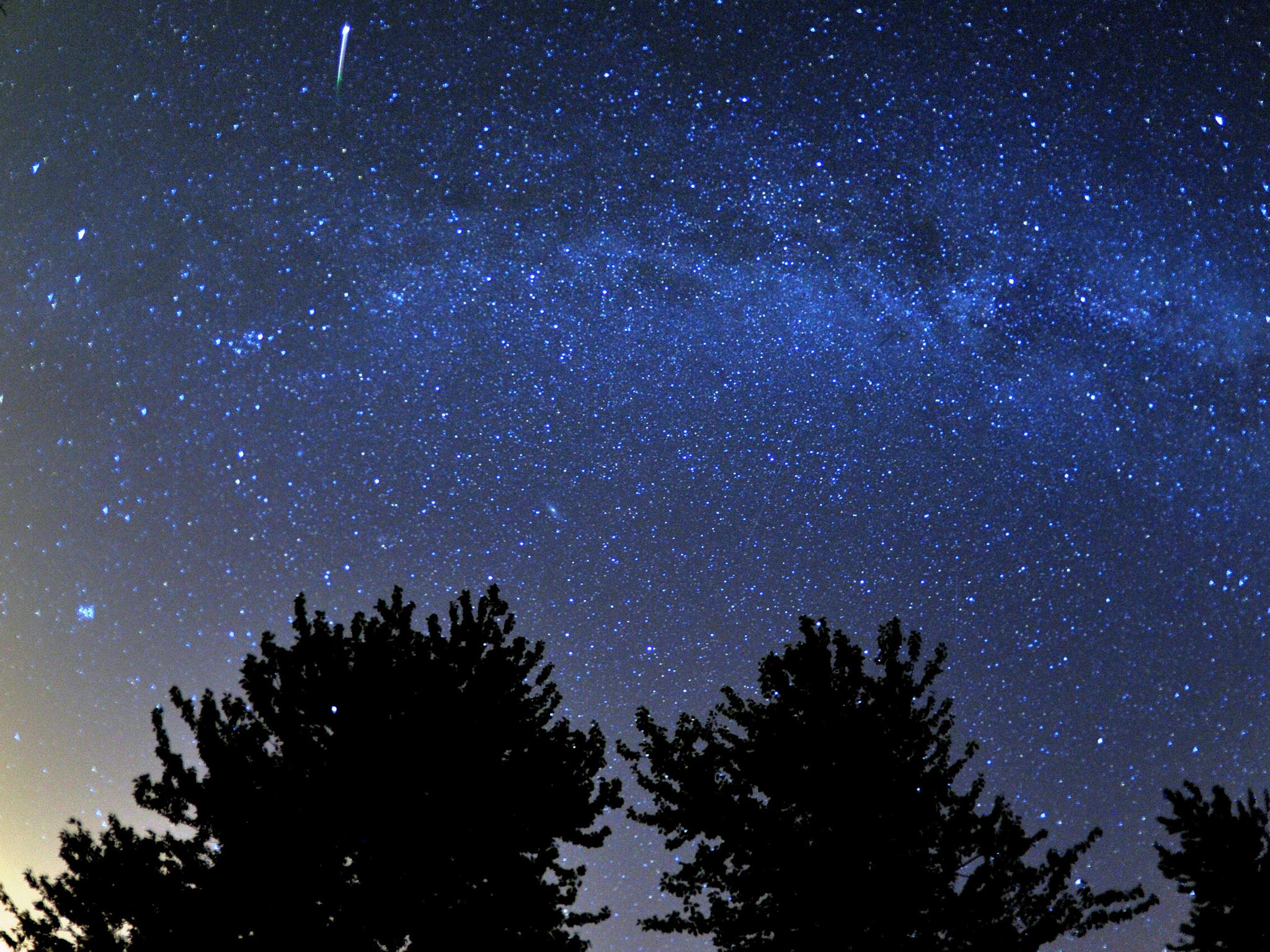Perseids meteor shower: Stargazers enjoy celestial 'fireworks' across UK
'Shooting stars' were a result of material falling from the tail of Comet Swift-Tuttle
Your support helps us to tell the story
From reproductive rights to climate change to Big Tech, The Independent is on the ground when the story is developing. Whether it's investigating the financials of Elon Musk's pro-Trump PAC or producing our latest documentary, 'The A Word', which shines a light on the American women fighting for reproductive rights, we know how important it is to parse out the facts from the messaging.
At such a critical moment in US history, we need reporters on the ground. Your donation allows us to keep sending journalists to speak to both sides of the story.
The Independent is trusted by Americans across the entire political spectrum. And unlike many other quality news outlets, we choose not to lock Americans out of our reporting and analysis with paywalls. We believe quality journalism should be available to everyone, paid for by those who can afford it.
Your support makes all the difference.Thousands of stargazers cast their eyes to the heavens as they kept watch for the “natural firework display” of the Perseids meteor shower.
Across the UK people turned into amateur astronomers as they looked out for the “shooting stars”, a result of the material falling from the tail of Comet Swift-Tuttle.
While the Perseids meteor shower is an annual event between mid-July and mid-August, the best views this year were expected to be last night, with as many as 60 meteors an hour visible to the naked eye.
Hundreds of people posted photos and comments about their stargazing experiences from across the Northern Hemisphere on Twitter.
VickiMcMuffin wrote: “Lost count of the amount of meteors & fireballs I've seen. It's been one of the best showers in years. Weather perfect too”, while Alexandra Starr tweeted: “so far about 60 over wisbech, lovely show tonight”.
Others had difficulty spotting nature's shooting stars and man-made ones. NuttyTabatha tweeted: “Number of meteors: None. Number of planes mistaken for meteors: Three!!!!”
The Moon was in a waxing crescent, meaning its light did not significantly interfere with the view, the Royal Astronomical Society said.
The weather also helped, with clear skies over large swathes of the UK from central southern England, to Lincolnshire, the Pennines and Yorkshire, up to southern Scotland, as well as south east Wales.
Matt Dobson, a forecaster with MeteoGroup, the weather division of the Press Association, said: “Central and eastern England, southern Scotland and south east Wales would have had a really clear night, so I would have thought that if people had been out they would have at least caught a glimpse.”
Meteors, commonly known as shooting stars, are the result of small particles entering the Earth's atmosphere at high speed.
These heat the air around them, causing the characteristic streak of light seen from the ground.
They mostly appear as fleeting flashes lasting less than a second, but the brightest ones leave behind trails of vaporised gases and glowing air molecules that may take a few seconds to fade.
Comet Swift-Tuttle, which last passed near the Earth in 1992, and will not visit again until the year 2125.
Astronomer and science writer Dr David Whitehouse told the BBC the spectacle was breathtaking.
He said: "The light from a shooting star is like no other type of light in the sky. It's not starlight, it's not moonlight, it's not sunlight. It has a ghostly sliver and a sleeting brilliance all of its own."
PA



Join our commenting forum
Join thought-provoking conversations, follow other Independent readers and see their replies
Comments